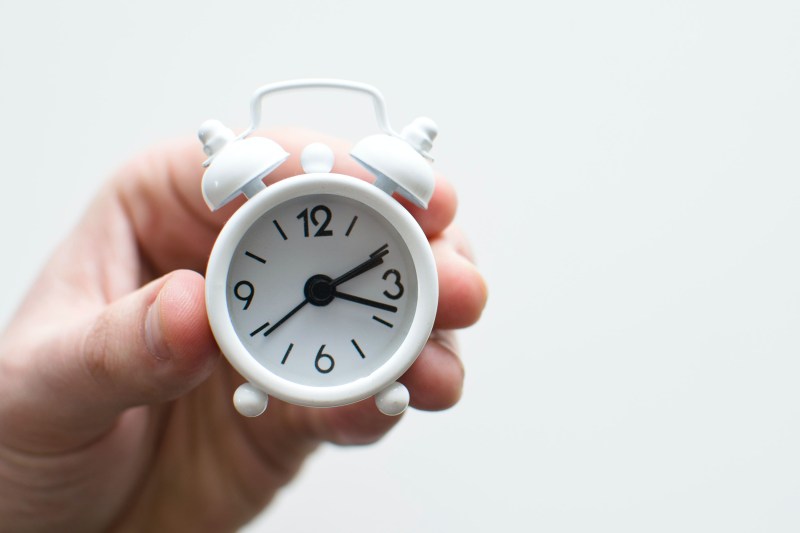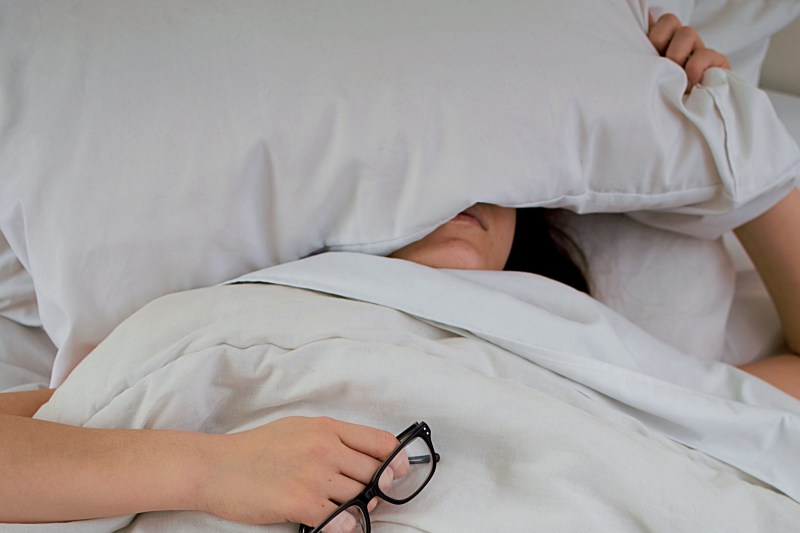On the second Sunday of March each year, all the clocks in the country “spring forward” for daylight savings time (DST). We lose an hour of sleep but gain some extra sunshine as winter fades into spring. Come November, we do the reverse and “fall back.” This practice of changing the clocks is over 100 years old and is still observed in more than 70 countries. But how did this tradition begin? And why do we still take part in the time change despite mounting evidence of its ineptitude? Keep reading to learn all about daylight savings.

The origins of daylight savings time
There are a few common myths about how daylight savings time first began in the United States. Some think it has to do with farming. Others attribute the idea to a letter in The Journal of Paris written by Benjamin Franklin in 1784. In the letter, he suggests the city could save millions of pounds of candle wax if every citizen awoke at sunrise and proposes setting off cannons in the street as city-wide alarms. However, this is (thankfully) regarded as satire.
Daylight savings time wasn’t widely used until World War I. In 1916, the German Empire and Austria-Hungary enacted daylight savings to reduce energy costs during the war. Soon after, many other European countries followed their example, and, in 1918, the US jumped on the bandwagon, too.
Between WWI and today, DST had a tumultuous history. After the war, the federal law enacting DST was repealed but was reinstated shortly after when WWII began. When the second world war ended, states were free to choose whether they wanted to observe DST—which caused a lot of confusion, especially when traveling.
Then, in 1966 the US passed the Uniform Time Act, which standardized DST for six months. The length of DST has changed over the years, too, from its original six months to seven months in 1986 and out current eight months in 2005. Today, DST is practiced throughout the US except in Hawaii, Alaska, and US territories like Puerto Rico, the Virgin Islands, American Samoa, Guam, and the Northern Mariana Islands.

Why we should stop changing the clocks
Supporters of DST advocate the practice to allow people to enjoy more daylight and save energy in their homes. According to the US Department of Transportation, observing DST also lowers the crime rate; since people are traveling and running errands during daylight, it prevents traffic injuries and keeps people indoors at night when more crime occurs.
However, in recent years, many have begun to question the usefulness and safety of the time change. A majority of Americans now support switching to a fixed, year-round time schedule. And new legislation called the Sunshine Protection Act has even been passed by the Senate, which would enact daylight savings time permanently (though it still hasn’t been passed by the House).
Recent research supports public opinion; changing the clocks may be associated with an increase in health issues, car accidents, expenses, and more. Here’s what the research has to say:
- Daylight savings time changes increase the risk of heart disease, immune disorders, mental and behavioral disorders, and personal injuries.
- In the days following the start of DST, the number of heart attacks in the US spikes by 24%.
- DST can impact people’s circadian rhythms, which may cause drowsiness, moodiness, sleep problems, and other health risks.
- The spring transition to DST increases fatal traffic accidents by 6% in the US.
- Making daylight savings permanent would drastically reduce deer collisions on the road, killing 37,000 fewer deer each year.
- Due to loss of sleep and productivity, one workforce consultant estimated the biannual time change costs the US over $430 million a year.
- A study of newly implemented DST in Indiana found that the switch led to a 1% rise in residential electricity use, increasing total residential electricity bills by an estimated $9 million annually.
With all the evidence against daylight savings time, why do we still have it? It interferes with our sleep and results in more car accidents, higher costs, and a range of physical and mental health problems. The Sunshine Protection Act offers a ray of hope in ending this madness permanently. And perhaps by next March, we’ll all be tucked into bed, happily snoozing for the hour we may have otherwise lost.



